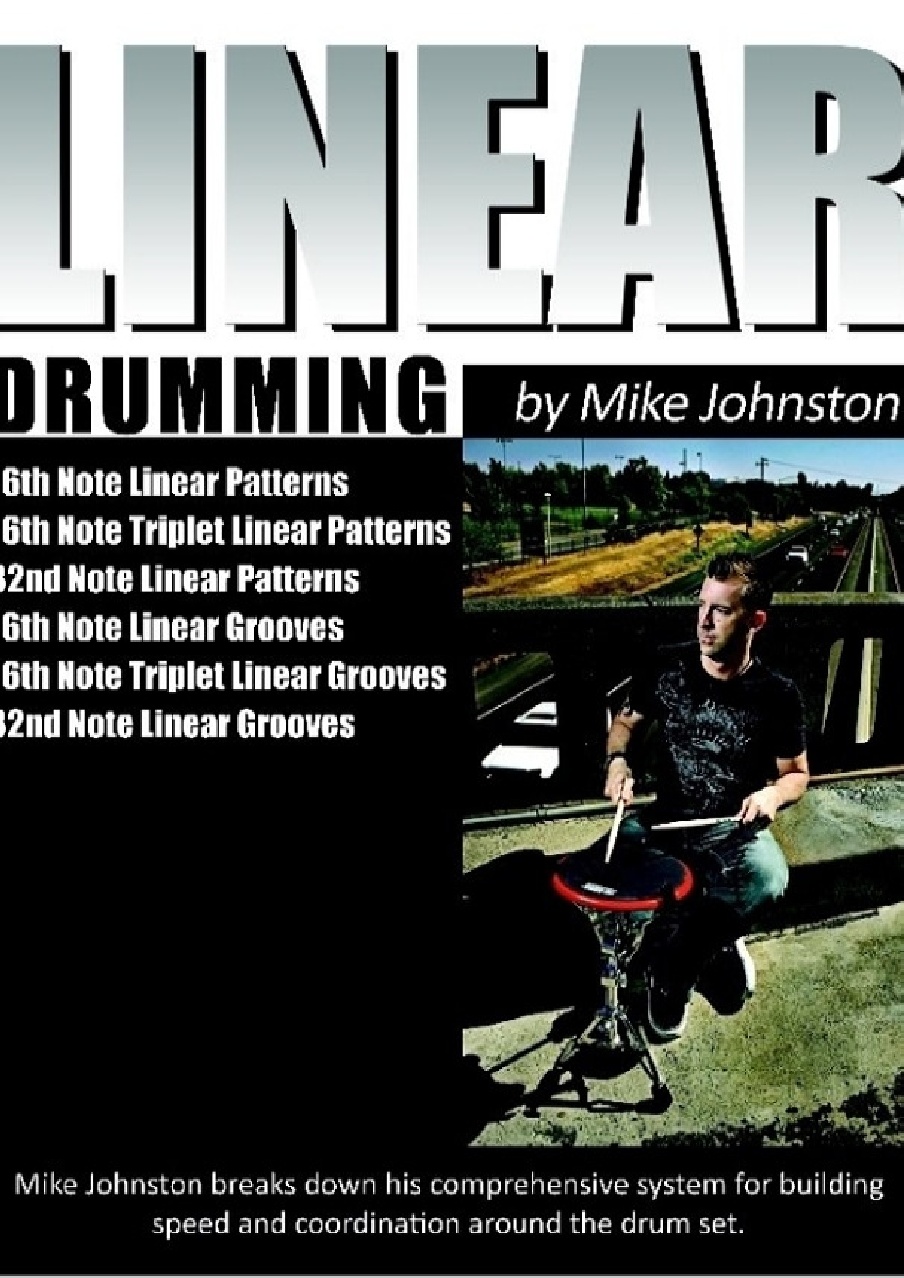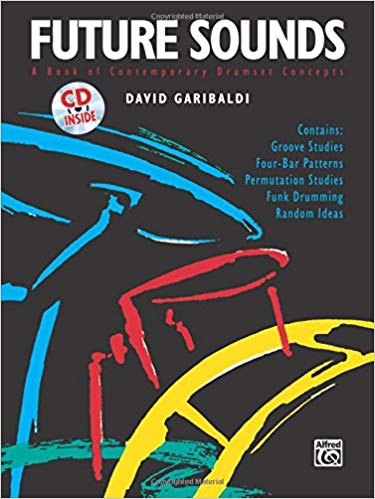Lately, it seems books are a thing of the past with educational content being flooded into YouTube, Instagram, Vimeo and monthly subscriber services for live lessons or pre-recorded content. However, I want to point out the value of owning the traditional old school copy of bound paper to have on hand at all times. In this post, I’ll briefly disucss five books that were crucial in shaping myself as a drummer today and the tools they provided me.
I have to say, coming up with books for this post was one of the easiest things I’ve ever done. Why? Simply put, I revisit these books every single year at some point in time to regain reference or spark new ideas/motivation. I’m only going to mention the key points for each book to help those interested find what they are looking for quick. Without further ado, here are five books I highly recommend having on the shelf and the order I’ll break them down.
1. The Beginner’s Handbook - & Then Some
Let’s begin with A Student’s Guide to the Drumset. This book covers so many bases it’s a no brainer to have on hand. It’s method for beginners to learn and visualize coordination in almost every genre is invaluable and I’ve never seen a book accomplish it as well as this. Genre’s includes Jazz, Rock, Mambo, Samba, Funk, Fusion etc. You name it and this book more than likely has the building blocks for success. I’ve used this book for nearly 15 years and is required material for any of my students. I still use it today to apply to new methods and techniques on the kit.
2. Chops
Alright, you’ve built a basic foundation with Schaefer’s guide and now you want some chops. Look no further as Mike Johnston’s, Linear Drumming will have you sounding like your favorite players in a months time. “How are they playing so fast and creatively?” This book is it, trust me. Mike opened this door to me at the very ripe age of 19 and I went so far into the hole of linear drumming I didn’t come out for a couple years. FUN!! This book lays out easy to follow instructions on how to get thousands of new sounds and ideas out of your kit. As a matter of fact, my previous post was mostly about how I adapted this book’s concepts and made it my own. If you’re interested you can check that out here. —> http://bit.ly/expandcreativity .
3. Dynamics & Permutation
You’re finally bored with chops (I’m laughing cus I’m old and you more than likely are too) and wondering how to create more depth in beats/grooves. Look no further as Future Sounds by Garibaldi will show you every possible movement of accents, hands, and feet to explore the true sound you can get with just one beat/groove. This book is next level frustrating but totally worth the time to go through it nice and slow. It perfectly demonstrates how something as simple as a paraddidle can turn into a complex sounding rhythm with tons of depth. Permutation is the main take-away from this book and damn it opens your ears to some wonderful applications that you’ve probably heard Thomas Lang do at a ridiculous super-human level. This book also touches on the importance of dynamics with the “two sound level” approach with your hands and will help you think of your limbs as “faders” on a mixing board.
4. Shuffles / “Bending” Time
OK…… Whoof, Future Sounds was a lot to take in. How could we possibly build on that? Well, there is this myth you hear as a younger player, “It’s somewhere between swung and straight.” To which the younger player replies, “BS, that doesn’t exist without being out of time.” Now “you’re all grown up” figuratively speaking and yes you’ve heard this wonderful flex of time. “WHAT THE HELL??? THEY WERE RIGHT!!!!” Lucky for you Stanton Moore wrote Groove Alchemy. There’s lots of shuffles and swinging in this book. However, one thing Stanton provides is audio examples of this mythical in-between magical universe. For instance, feel is broken down for both Clyde Stubblefield and Jabo Starks of James Brown fame. There is also in depth examples of Zigaboo Modeliste’s feel with many Meter’s tunes. This book isn’t something you just “sit down and learn the part” with. It’s more complex than that and truly was the first time I began to think about “feel” as opposed to “playing the part” mentally. This is most definitely a mental primer that helps develop the drummer’s ear to any and all the space “in time.”
5. Expanding Creativity
“Whoa, I’ve never heard those sounds or ideas before.” Queue Mark Guiliana’s, Exploring Your Creativity on the Drumset. You want to explore every nook and cranny of the kit and see just how endless your possibilities truly are? Buy this book. It employs one central focus that Guiliana in short refers to as D.R.O.P. standing for dynamics, rate, orchestration, and phrasing respectively. The exercises in this book are so simple, yet produce some of the best results I’ve had with such an “advanced” concept. What’s that mean? It’s really not that hard, you just have to force yourself to do it and Mark lays it out night and day in this book. Employ those odd motions, voicings, phrasings that always feel awkward. Become well acquainted with every part of your kit so absolutely NOTHING feels awkward. That’s this book in short.
I hope this leaves my 25 readers inspired! 😂😂😂 In conclusion, these books dive deep into what I call “building blocks.” This is stuff you will learn and continue to get mileage out of day in and day out. Each book stands the true test of time and holds much more value than grabbing a lick from YouTube or Instagram that you learn as quickly as possible and forget two weeks later. This is stuff you can reference at any point in time and find lifelong applications you missed your first, second, third, ect. time through. These books have shaped my playing for the better and I can’t recommend them enough to any drummer looking to advance their playing.
P.S. I’ve linked the original list as well as the covers of the books below with purchase links. Click on any book to get redirected.
Have questions? E-mail me at wmdrums@gmail.com.





